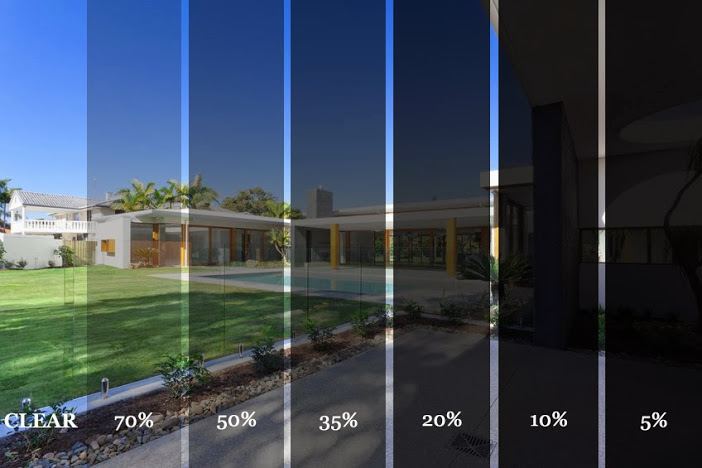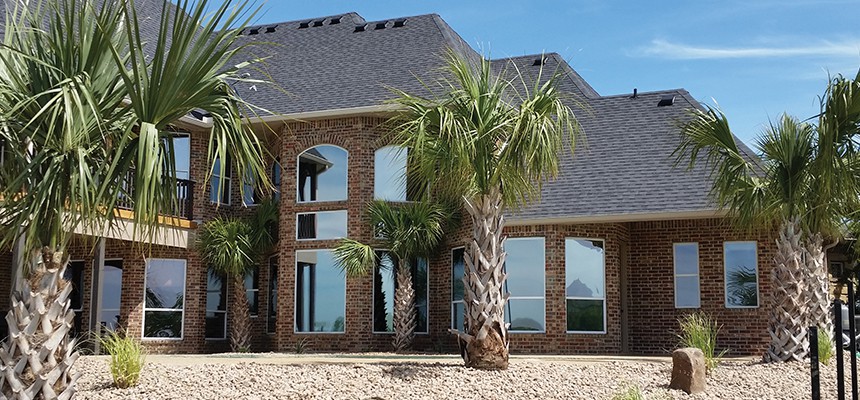Residential Window Tint: A Guide to Selecting the Right Color
Residential Window Tint: A Guide to Selecting the Right Color
Blog Article
Just How Residential Window Tinting Boosts Your Home's Energy Performance
Residential home window tinting offers a compelling solution for house owners seeking to boost energy performance within their living areas. By using specialized films to home windows, it efficiently lowers warm transfer, therefore supporting indoor temperatures and minimizing the requirement for too much heating or air conditioning. This not only cuts energy usage yet also gives a more comfortable setting by alleviating glow. Comprehending the subtleties of how tinting works and picking the ideal type for your home can be essential. Oddly, what factors should one think about prior to making this financial investment?
Recognizing Home Window Tinting
Understanding home window tinting is important for house owners looking for to improve both comfort and energy effectiveness in their living areas. Residential Window Tint. Window tinting includes the application of a thin film to the interior or exterior surface area of glass home windows. This movie can significantly modulate the quantity of sunshine and warmth that goes into a home, therefore influencing indoor climate conditions
There are various kinds of home window tinting movies offered, each with unique residential or commercial properties. Colored movies take in solar energy, while reflective movies disperse it away from the glass surface. Ceramic films supply an equilibrium of exposure and warm rejection, making them a preferred selection among property owners. The effectiveness of home window tinting is usually determined by its Visible Light Transmission (VLT) percentage, which indicates just how much light can go through the film.
Advantages of Energy Efficiency
Home window tinting not only improves appearances however also plays a substantial role in boosting energy effectiveness within domestic rooms. By decreasing warmth transfer through home windows, colored films develop a much more secure indoor environment, which can lead to considerable decreases in energy usage for cooling and heating. This power efficiency equates right into lower utility expenses, providing property owners with significant long-term cost savings.

Furthermore, window tinting boosts the convenience of living spaces. By decreasing glow and blocking harmful UV rays, colored windows develop a more pleasant setting, which can cause improved health for residents. The protection versus UV rays also aids protect furniture and floor covering from fading, adding to the long life of home things.
How Tinting Functions
Tinting movies run with a mix of innovative materials and modern technologies developed to regulate the amount of solar power going into a home. Largely composed of polyester, these movies typically include ceramic or metal particles that take in and mirror heat. This double capability enables them to dramatically decrease the infiltration of ultraviolet (UV) rays and infrared radiation while permitting visible light to travel through.
The effectiveness of window tinting is gauged by its solar heat gain coefficient (SHGC), which suggests just how much solar power is transferred via the home window. Lower SHGC values are better as they denote higher warm denial. Additionally, window colors can include a variety of tones, permitting property owners to personalize their visual choices while enhancing energy effectiveness.
In addition, these movies act as a barrier, avoiding warm loss throughout cooler months by mirroring indoor heat back into the living space. This thermal insulation impact matches the cooling advantages gotten throughout warmer months, adding to a well balanced interior environment year-round. By taking care of solar power properly, residential window tinting not only enhances comfort but also plays an important role in decreasing energy consumption and lowering utility bills.
Picking the Right Color

There are numerous kinds of window movies available, including colored, metalized, and ceramic. Colored films are economical yet may have limited longevity. Metalized films use far better heat being rejected yet can interfere with electronic signals. Ceramic films supply excellent heat control without jeopardizing address presence and are highly resilient, making them a prominent selection.
Visible light transmission (VLT) is another important aspect, as it shows the quantity of all-natural light that can go through the colored glass. Homeowners should select a tint with a VLT that complements their lighting preferences while still providing ample glow decrease.
In addition, assessing the solar warmth gain coefficient (SHGC) can help determine how well a tint can obstruct warmth from sunshine. A reduced SHGC suggests much better warm control, eventually improving energy performance.
Installation and Upkeep Tips
Correct installation and upkeep are vital elements in taking full advantage of the advantages of domestic home window tinting. Professionals additionally use specialized techniques and devices, which can boost the sturdiness and performance of the tint.
Adhering to installation, upkeep is vital to prolong the life of the home window film. It is recommended to wait at least 30 days prior to cleaning the tinted windows to allow the adhesive to treat completely.
In addition, normal evaluations are useful. Look for any kind of peeling or bubbling, which can show inappropriate installment or put on over time - Residential Window Tint. Addressing these issues quickly can avoid further damage and maintain energy efficiency. By sticking to these installment and upkeep More about the author ideas, home owners can guarantee their home window tinting proceeds to supply considerable energy savings and comfort for several years ahead.
Verdict
Finally, property window tinting works as an efficient service for enhancing power effectiveness within homes. By reducing warm transfer and blocking unsafe UV rays, More Bonuses window movies add to lower power consumption and boosted indoor convenience. The choice of appropriate tinting products, along with correct setup and upkeep, additionally maximizes these advantages. Eventually, home window tinting represents a lasting investment that not just reduces energy costs but likewise advertises a comfy living atmosphere throughout the year.
Window tinting entails the application of a slim film to the interior or outside surface area of glass windows. By decreasing warm transfer via windows, tinted films produce an extra secure indoor environment, which can lead to substantial reductions in energy usage for home heating and air conditioning.The performance of window tinting is measured by its solar warm gain coefficient (SHGC), which suggests exactly how much solar power is sent via the window. By managing solar energy efficiently, property home window tinting not just boosts convenience yet additionally plays a vital role in reducing energy consumption and lowering utility bills.
By decreasing heat transfer and blocking damaging UV rays, window films contribute to lower energy intake and improved interior convenience.
Report this page